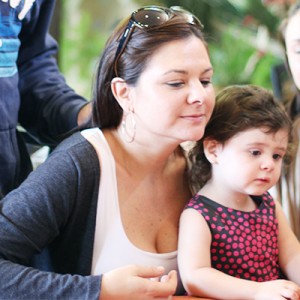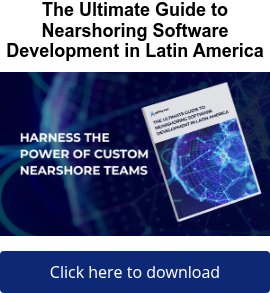![]() As our tagline for AgilityFeat says, we are entrepreneurs, it’s in our dna. And for some of us, some of that DNA is shared. Andrea and Daniel Phillips are the sibling founders of the My Chores App. The are also AgilityFeat team members so we sat down to talk with them to learn about their experiences building and launching the application.
As our tagline for AgilityFeat says, we are entrepreneurs, it’s in our dna. And for some of us, some of that DNA is shared. Andrea and Daniel Phillips are the sibling founders of the My Chores App. The are also AgilityFeat team members so we sat down to talk with them to learn about their experiences building and launching the application.
AF- How did the idea behind My Chores App start?
The first thing (and probably the most important) is that Andrea is a mother of 3 children ages 12, 4 and 2. Secondly Andrea and I have been working together developing and designing web apps for a long time.
A little over a year ago (mid 2011), Andrea was discovering the world of chores for her kids and in the process of doing so, she learned about the concept of a chore board and started to fall in love with it. You can imagine how hard it can be to manage three little monsters running around the house. It’s even harder to teach them about responsibility which in our case, means doing chores.
The idea of creating a digital chore pad came soon after and we started with some design draft and flow ideas.
Parents that want to make a difference and want to instill values in their children that are getting lost in this new world of me, me, me. My Chores App users are parents who are actively invested in making their kids better people. As most parents who use chore boards will tell you, NEED to be involved in order to run a successful chore board. The value that comes from using a chore board is that it can be a great tool to teach kids how to do things and to be consistent.
One of the most common pieces of feedback that we hear from users is how easy the My Chores App is to set up and get started. This is rewarding for us because we’ve put a lot of effort into making the app as simple and easy to use as it can be. Given how busy parents are today, we made a special effort to remove any unneeded obstacle for users to just jump right in and start using My Chores App.
We are really happy to hear this from our parents but what really made us feel good is the fact that so many kids love the process and are able to engage immediately with the app. A big part of our challenge was to create something engaging for kids that parents would enjoy using too.
We talked to teachers and other parents, and asked questions about running a chore board. We asked questions like, about the hardest about getting kids to do their chores and if they had tried a chore board, did they like it. We asked about their kids’ reactions, and whether or not the chore board had worked. In asking so many questions, we were amazed to find out that a lot of parents hadn’t even thought about it!
We ran a little experiment in Andrea’s kid’s school as a test. We found that kids feel empowered by doing chores and tracking them and that they are eager to help. Further, we found that the kids didn’t need some big reward to do the chores. Instead, a simple compliment, a sticker or an ice cream worked as incredible incentives.
This validated one of our key assumptions, that kids like to be and need to feel useful. We found evidence of what most parents will tell you, that kids need to be needed and love to prove that they can do things on their own!
AF-How did you apply Lean Startup methodologies to the development of My Chores App?
We had the idea and validated it with parents and teachers as well, then we did the MVP and started testing it. We started the test ourselves, and then we did the beta program via signups on our website. Each user that signed up gave us incredibly valuable insights. We ran the beta period for 6 weeks and constantly iterated. We listened, learned, changed and measured. Then we repeated the cycle. I think we deployed close to 10 version of app during the beta period. Although the beta period is over, we’re continuing to engage users on a daily, person basis to improve the application.
For development, we used a kanban board to keep track of all new features, testing, bugs and backlog.
AF-How did you develop the design for My Chores App?
There are many flavors of a chore board out there, print versions, boards with magnets, boards on cork boards and the list goes on forever. W took a long look at each one we could find and took a little from each.
Once we knew what features we wanted to implement we focused on keeping things simple. We believe that our success would be tied to ease of adoption so we were constantly fighting to strike the balance between simplicity and feature richness. That was not easy!
Along the way, we got some very important help from Mariana, our UX expert in AgilityFeat and she gave us a bunch of pointers to finish it all up!
AF-What had been the hardest part about developing My Chores App as a business?
Learning when to stop has been hard. In addition to being entrepreneurs, we are developers. We know how to build software and there really is no limit to what we can build for this type of application. However, separating the critical features from those that are not so important has been very difficult. We’ve relied on talking to users to do that which in and of itself it hard to do correctly. Reaching out to users for feedback has been a struggle as well. As developers, we are used to coding, tinkering and building cool new stuff but it’s not in our nature to talk to customers. In order to get feedback from people and manage the marketing on Twitter and the Facebook, we’ve had to break out of our shells. Luckily we’ve had really great users to talk to!
AF-What’s the best piece of advice you wish you had been given?
Don’t be afraid to build your product. You need to put your product out there in order to get feedback, to learn the good and the bad. We are perfectionists (and that is not always good), and it took us while to show our app to people because it wasn’t exactly where we wanted it. We learned later that a lot of people will want to help if you are solving a real problem and they will give you amazing feedback.
In addition, you have to learn how to let go and not take feedback personally. A project like this becomes your baby, and you might feel like you have to protect it, keep it safe. In reality, you have to get it in people’s hands to make it stronger, better and smarter so it’ll be able to stand by itself in to the world. Maybe it is like a baby after all!
Want to learn more, check out the links below;












